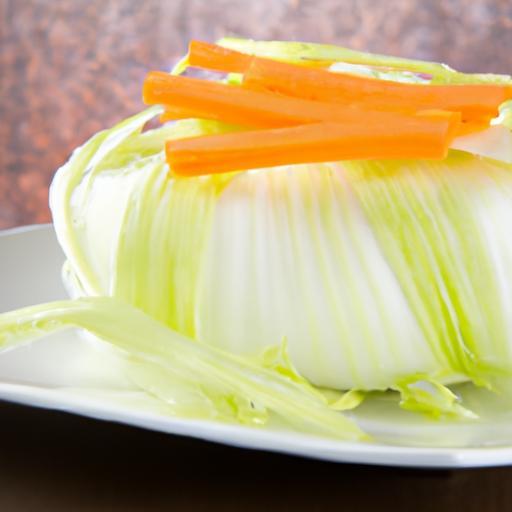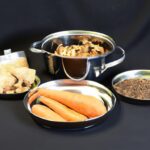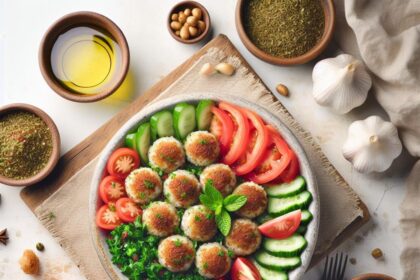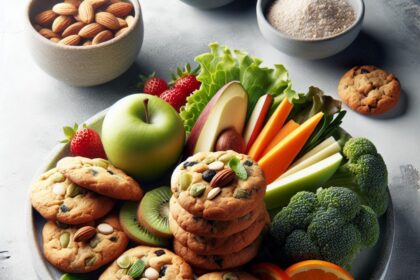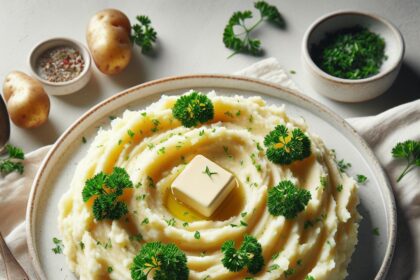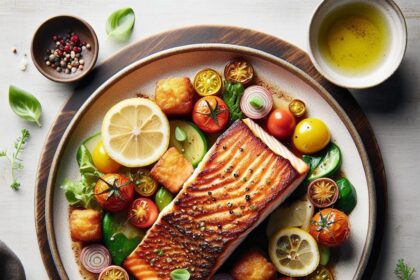In a world where first impressions matter, labels do more than just stick-they tell a story, convey a brand’s personality, and guide consumers with ease. Yet, when it’s time to remove them, nothing frustrates quite like stubborn, sticky remains that refuse to budge. Enter the art and science of crafting labels that come off with ease: a perfect peel every time. This article delves into the ingenious techniques and materials behind “Peel Perfect” labels, revealing how innovation meets practicality to create a seamless unlabeling experience. Whether you’re a designer, manufacturer, or simply a curious consumer, discover how these thoughtfully engineered labels are changing the way we stick-and unstick-our world.
Peel Perfect: Choosing the Right Adhesive for Effortless Removal
Peel Perfect is more than just a goal-it’s the art of selecting the ideal adhesive combination that guarantees labels detach with ease, leaving your products spotless and your customers delighted. Whether you’re crafting gourmet packaging or artisanal food jars, the secret to effortless removal lies in understanding how adhesives interact with materials and design.
Prep and Cook Time
- Research & Material Selection: 2-3 hours
- Design & Testing Phases: 1-2 days (including drying and peel tests)
Yield
Labels ready for application with consistent, perfect peelability on every batch.
Difficulty Level
Medium. Requires a bit of technical knowledge and willingness to experiment for best results.
Ingredients (Materials & Tools)
- Adhesive Samples: Removable acrylic adhesive, rubber-based adhesive
- Label Substrates: Matte-coated paper, synthetic polypropylene (PP), polyester (PET)
- Release Liners: Glassine paper, silicone-coated liners
- Design Software: Adobe Illustrator, CorelDRAW
- Testing Supplies: Hard flat surface, scissors, peel tester (optional)
- Cleaning Materials: Isopropyl alcohol wipes
Instructions
- Understand Material Compatibility: Begin by matching adhesive types to your chosen label substrates. For example, removable acrylic adhesives pair naturally with matte-coated paper, allowing for clean peels without residue. Experiment with synthetic substrates like PP or PET for water- and grease-resistant properties.
- Design With Peelability in Mind: Incorporate minimal glue coverage in your label designs. Use thin outline borders or reduced adhesive zones inside larger shapes. Avoid overlapping adhesive layers in corners, which tend to create stubborn edges.
- Choose Quality Release Liners: Select liners coated with silicone for smooth dispensing. Glassine liners work well for most paper labels, ensuring the adhesive releases cleanly during application and removal.
- Test Early and Often: Apply sample labels on various surfaces and monitor removal after 24 hours. Use consistent peeling angles (90 degrees) and speeds to evaluate adhesion performance.
- Adjust and Retest According to Results: If residue remains, opt for lower-tack adhesives or thinner adhesive coats. For insufficient adhesion during use, increase adhesive thickness or opt for stronger formulations.
- Maintain Quality Control: Track batch-to-batch adhesive consistency using peel force measurements. Regular testing ensures every label delivers the perfect peel.
- Document Your Findings: Keep detailed records of adhesive-substrate combinations, peel strengths, and design variations to streamline future production.
Chef’s Notes
- Removable adhesives excel on glass jars, while rubber-based adhesives shine on paper surfaces.
- Consider environmental conditions-humidity and temperature fluctuations can impact peelability.
- Use a peel tester if available, as it provides quantitative data to compare adhesives accurately.
- Design labels with subtle perforations or micro-cuts to encourage ease of peeling without compromising integrity.
- Test labels on intended packaging early to catch any unforeseen interactions with surface textures or coatings.
Serving Suggestions
Present your labels on artisanal foods or craft beverages with confidence. A label that peels away smoothly enhances customer experience and brand trust. Pair your packaging with natural twine or custom boxes to elevate the unboxing moment. Use stylish typography and minimal adhesive patterns to reflect your brand’s dedication to detail.

| Material | Adhesive Type | Peelability | Residue Risk |
|---|---|---|---|
| Matte Paper | Removable Acrylic | High | Low |
| Polypropylene (PP) | Rubber-Based | Medium | Medium |
| Polyester (PET) | Permanent Acrylic | Low | High |
For an in-depth guide on sustainable packaging trends, visit Packaging Digest. Also, learn more about adhesive types in our related article Understanding Adhesives for Craft Labels.
Q&A
Q&A: Peel Perfect – Crafting Labels That Come Off with Ease
Q1: Why do some labels stick stubbornly while others peel off like a dream?
A1: It all boils down to adhesive chemistry and label design. Labels that come off easily use specially formulated adhesives that hold strong during use but release cleanly without leaving residue. Additionally, the type of material and how it interacts with the surface beneath plays a key role in peelability.
Q2: What types of adhesives make labels peel perfect?
A2: Removable adhesives are the stars here-designed to secure the label firmly but allow a smooth, residue-free peel. Pressure-sensitive adhesives with low tack, or microsphere adhesives that distribute bond evenly, help make labels “peel perfect.” These differ from permanent adhesives that bond aggressively and resist removal.
Q3: Can the label material itself affect how easily it peels off?
A3: Absolutely! Flexible films like polypropylene or polyester often peel easier than paper because they don’t absorb adhesive as deeply. Also, matte finishes sometimes release better than glossy ones since the smooth surface reduces adhesion strength slightly, aiding clean removal.
Q4: How does surface type influence label peelability?
A4: Labels adhere differently depending on whether the surface is glass, plastic, cardboard, or metal. Smooth, non-porous surfaces promote easier peeling because there’s less texture for adhesive to grip. Porous surfaces can seep adhesive deeper, making peeling tougher.
Q5: Are there tricks in label design that enhance peelability?
A5: Definitely! “Peel tabs” or slightly extended edges give fingers leverage for easy grip. Using perforations or split liners can reduce peel resistance. And balancing the adhesive coverage-avoiding edges or corners-prevents “lifting” issues when removing.
Q6: How does environmental exposure affect label removal?
A6: Heat, cold, moisture, and UV light can all change adhesive properties. For instance, heat often softens adhesive, sometimes making peeling easier, but prolonged moisture might cause adhesive to seep through or degrade. Designing for the conditions where labels live ensures they peel off without drama.
Q7: Who benefits most from peel-perfect labels?
A7: Everyone! Retailers want attractive packaging without frustrating customers. Manufacturers need hassle-free returns, and consumers appreciate easy removal for recycling or reusing containers. In offices or events, peel-perfect labels speed up organizing and cleanup effortlessly.
Q8: Any emerging trends in crafting labels that come off smoothly?
A8: Eco-friendly adhesives made from natural or biodegradable materials are pushing boundaries, blending sustainability with peel-perfect performance. Smart labels with engineered microstructures improve release on demand. Plus, digital printing advances allow precise adhesive placement, optimizing peelability like never before.
Crafting labels that peel off with ease is a blend of art, science, and a little bit of magic. The perfect label says goodbye cleanly-no residue, no tears, just a flawless farewell. Whether for branding, organization, or convenience, peel-perfect labels elevate every experience.
Future Outlook
As we’ve uncovered, the art of crafting labels that peel off effortlessly is more than just a design choice-it’s a thoughtful balance of material science, adhesive technology, and user experience. Whether you’re branding a product, organizing spaces, or creating a seamless unboxing moment, peel-perfect labels make a lasting impression by simplifying every interaction. So next time you reach for that stubborn sticker or fumble to remove a label, remember: behind every smooth peel is a story of innovation and precision, transforming the humble label into a small masterpiece of convenience. Here’s to labels that stick with you-until they don’t.
